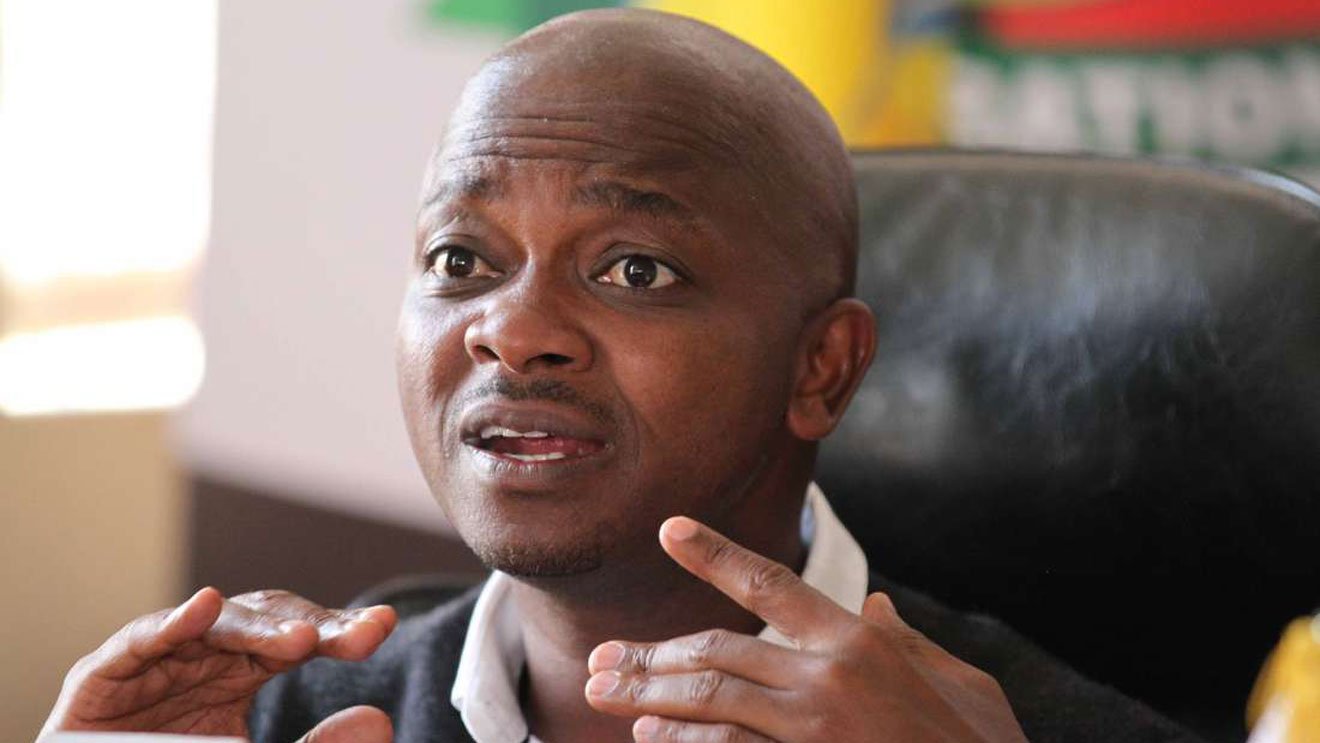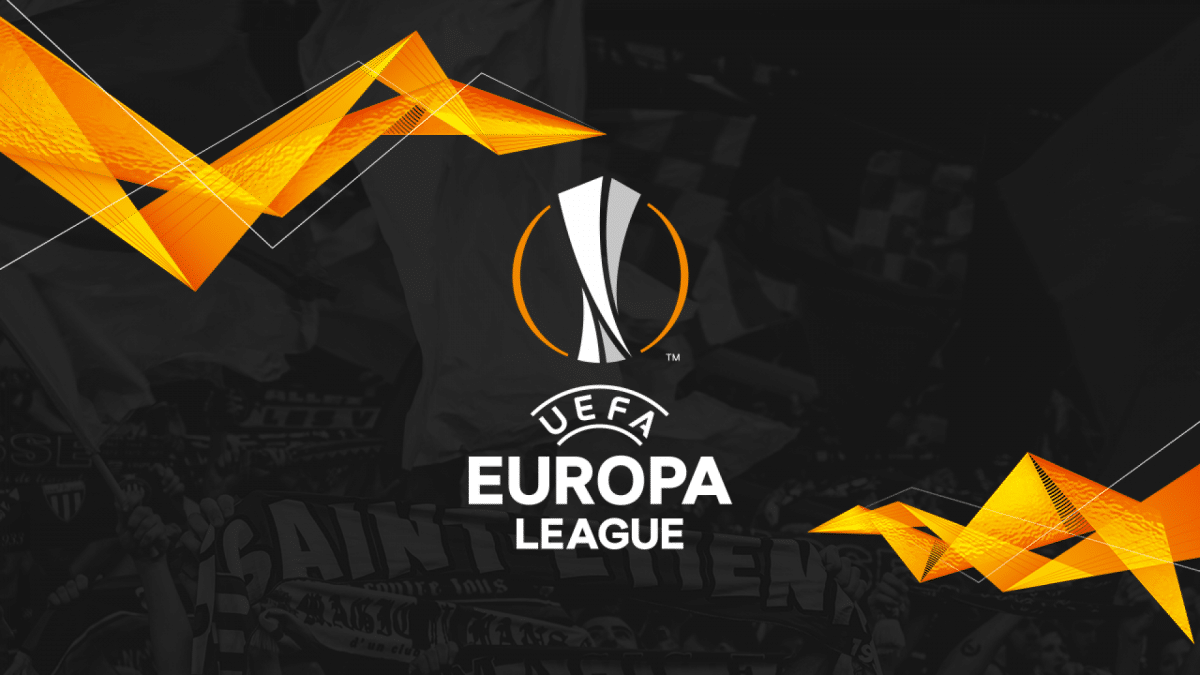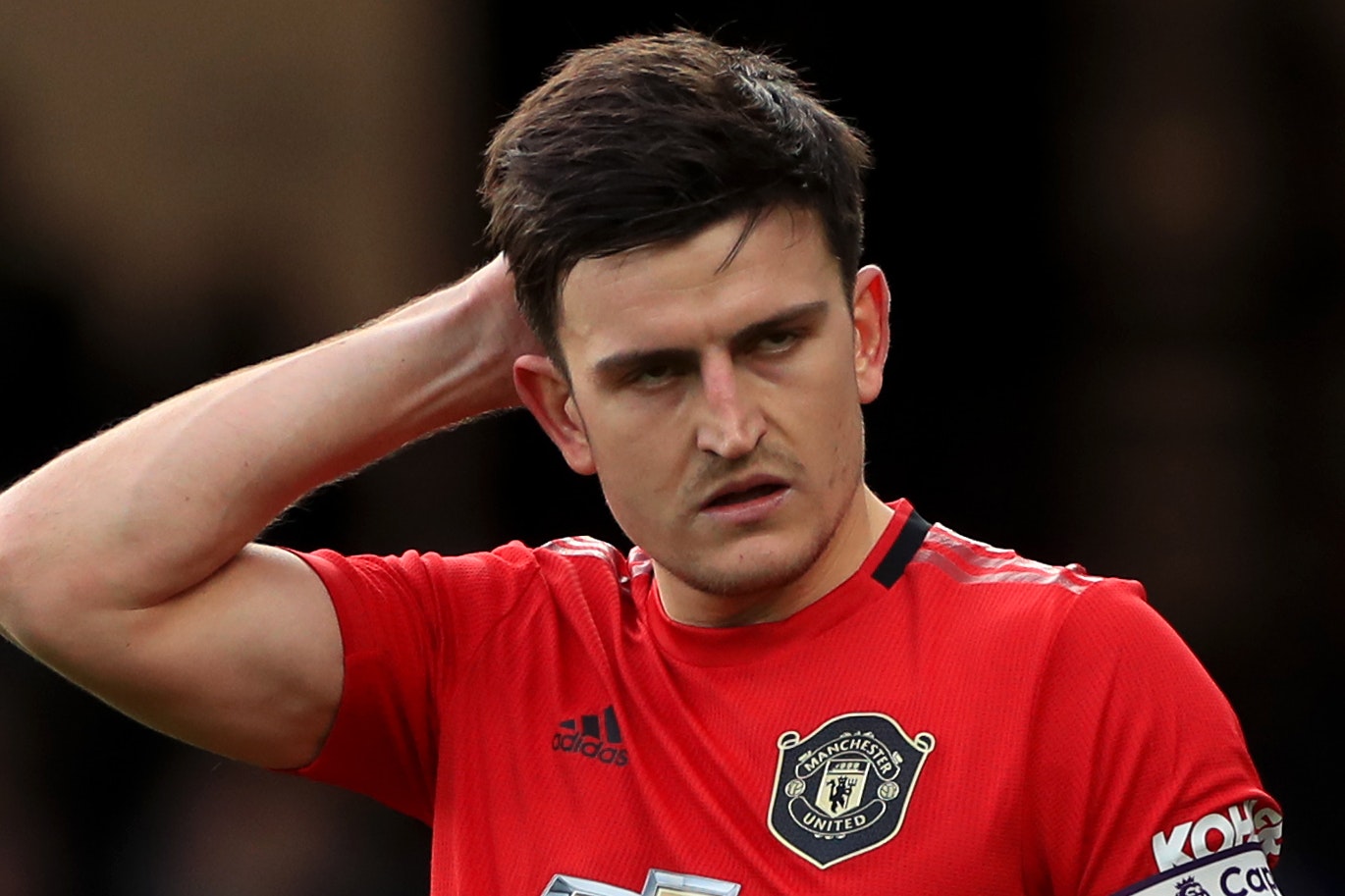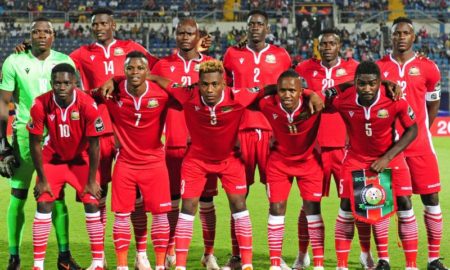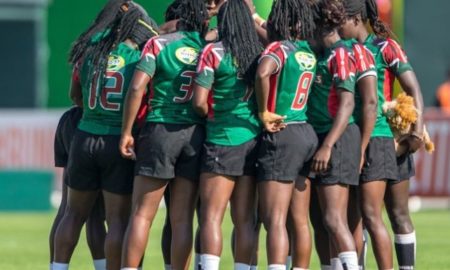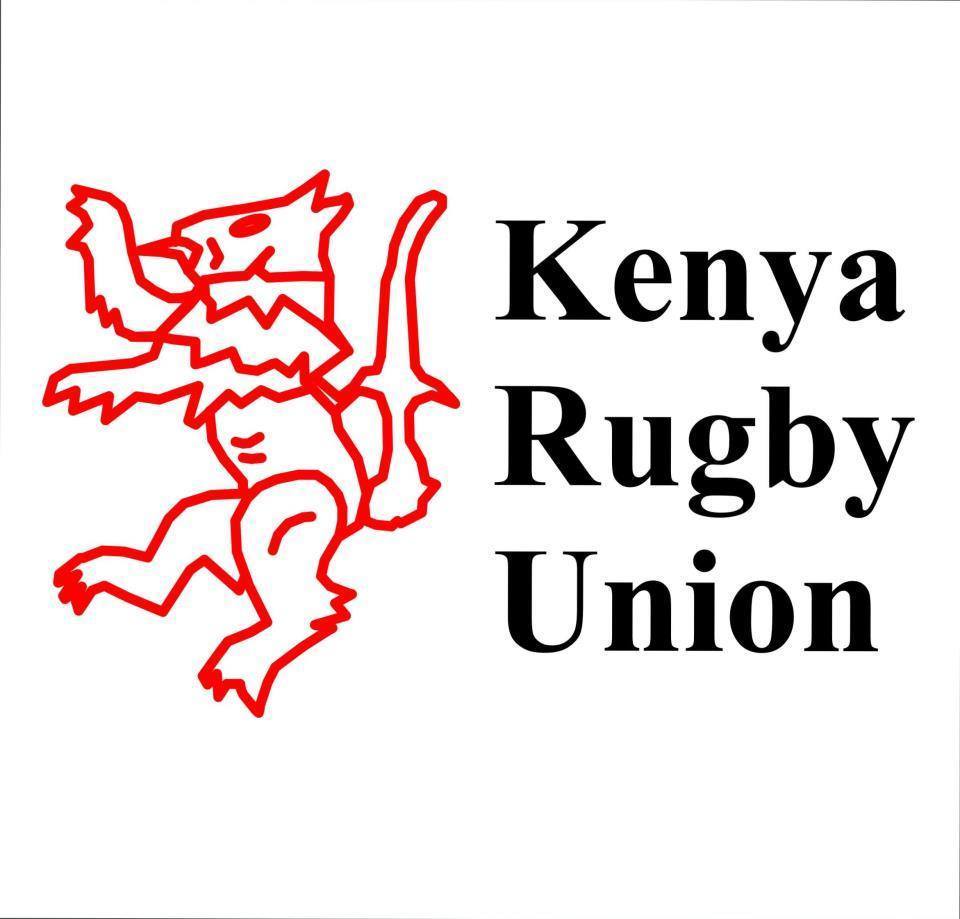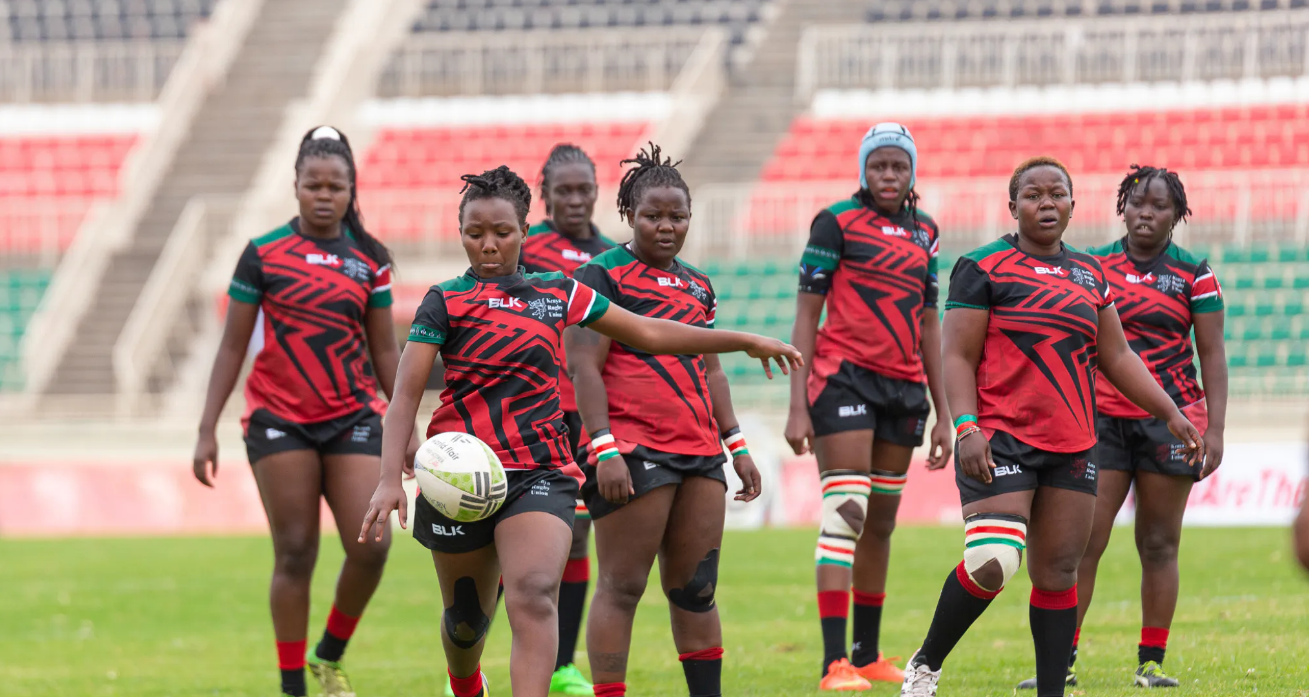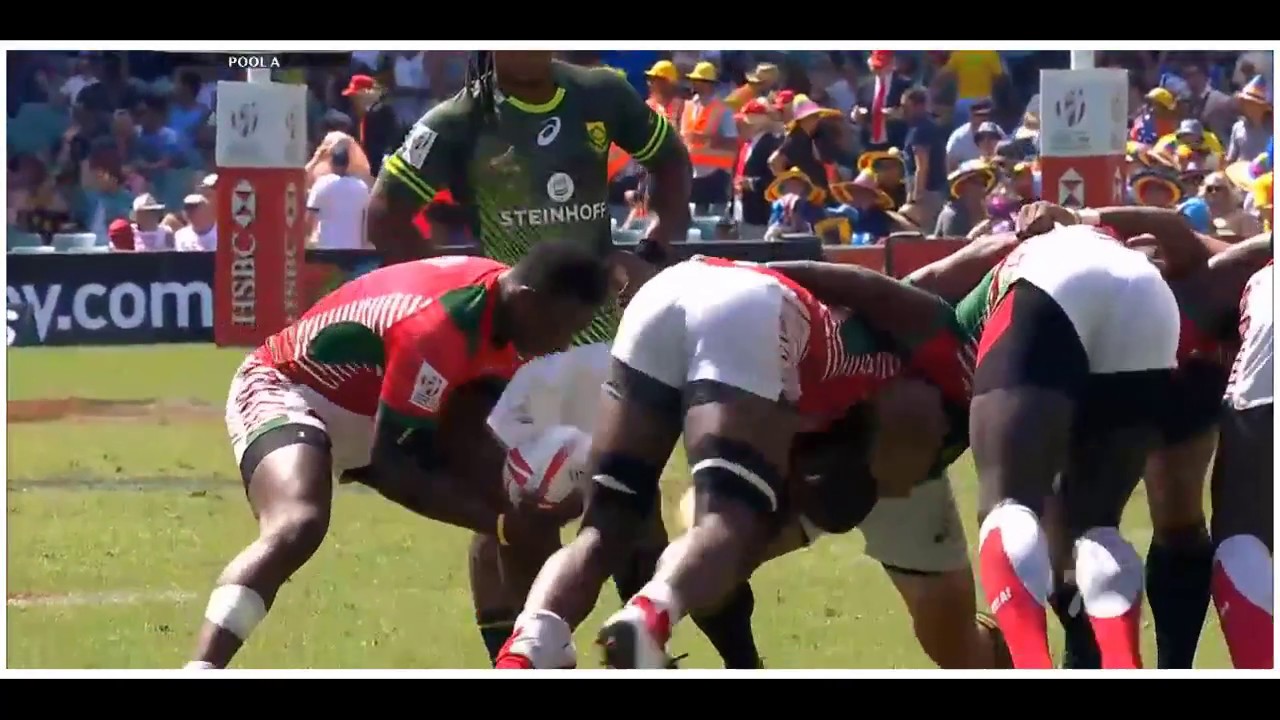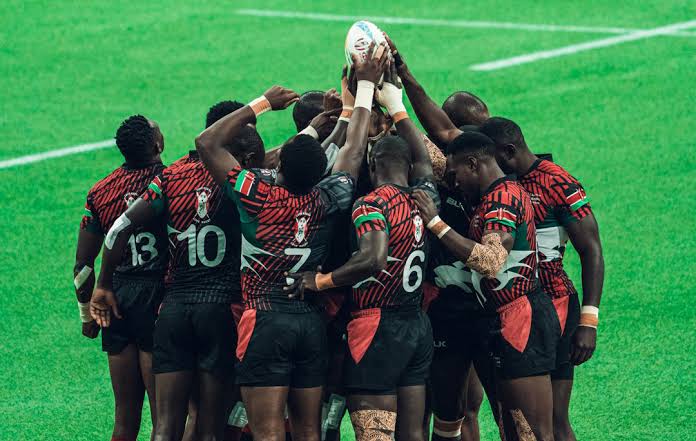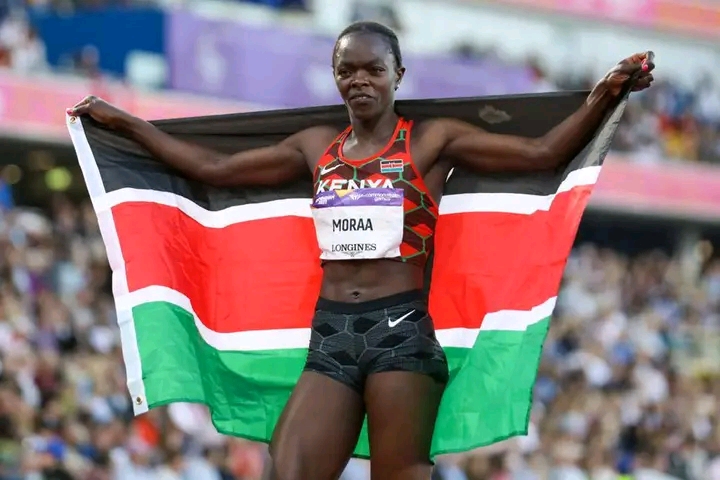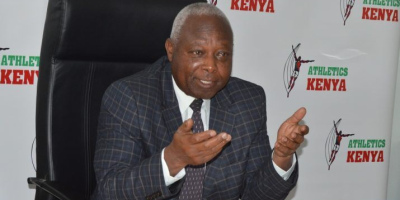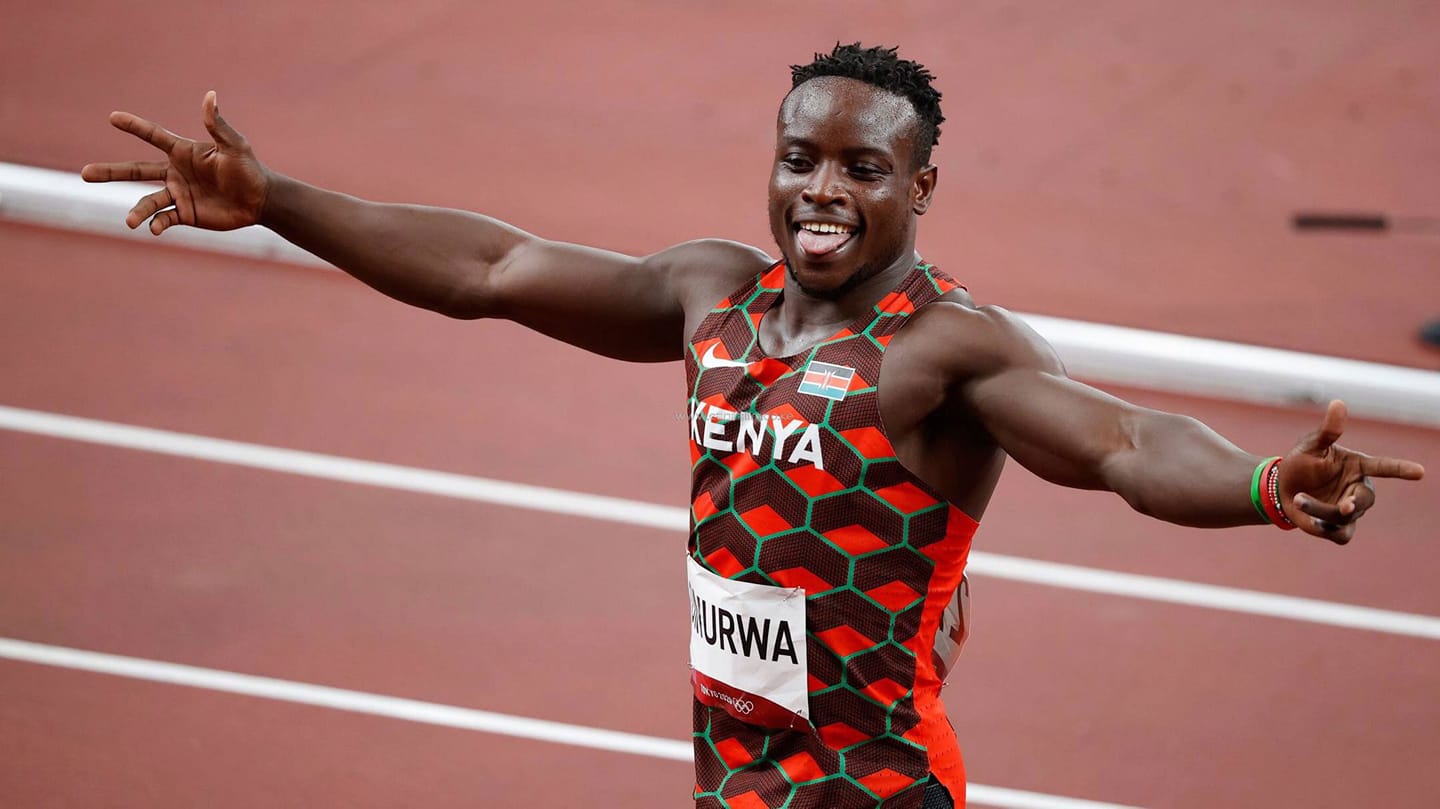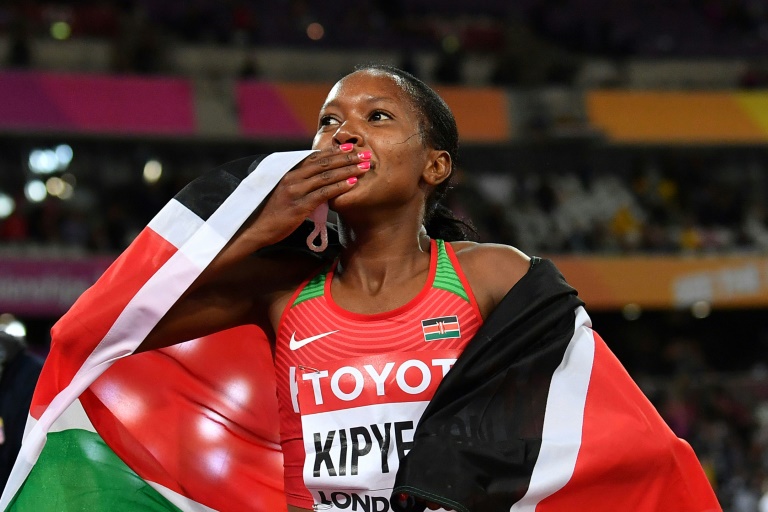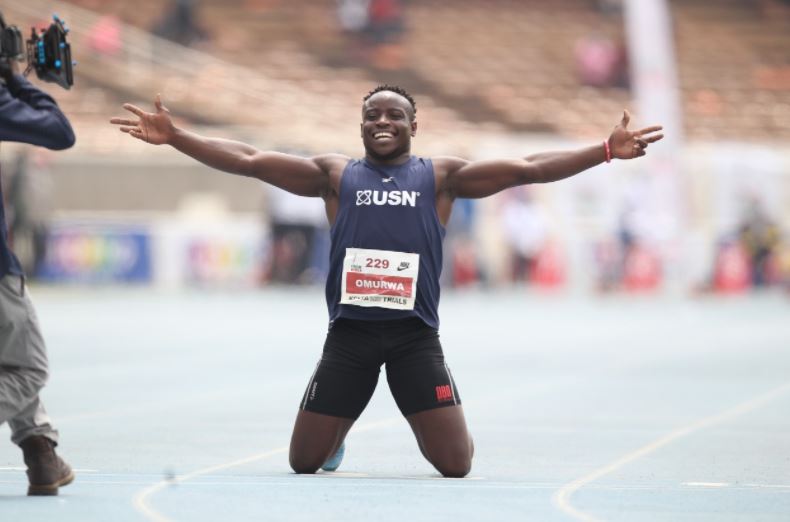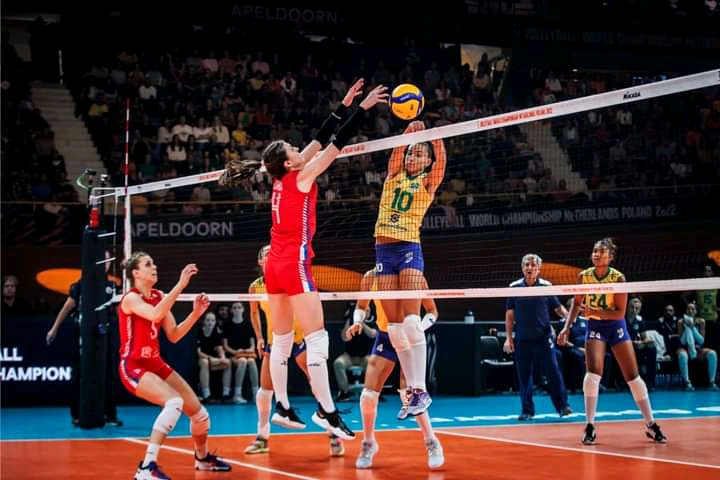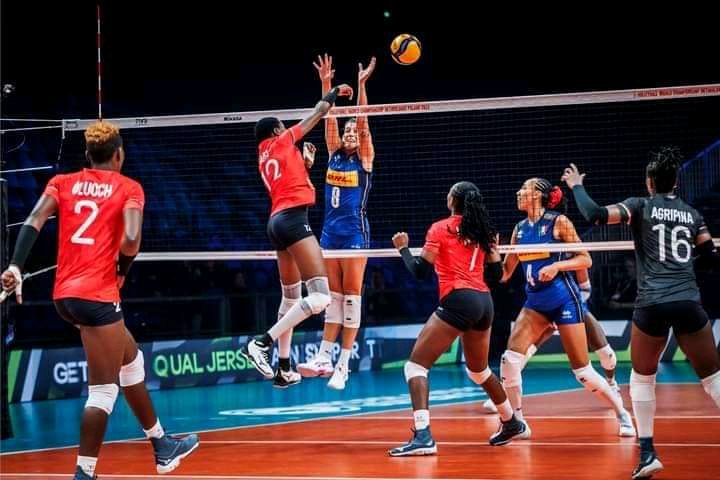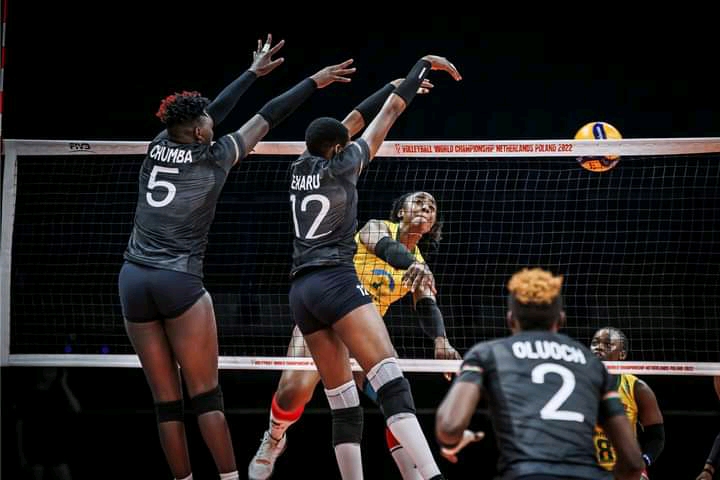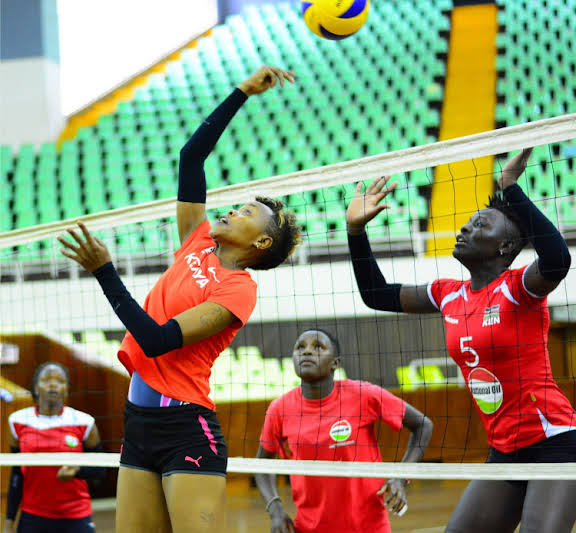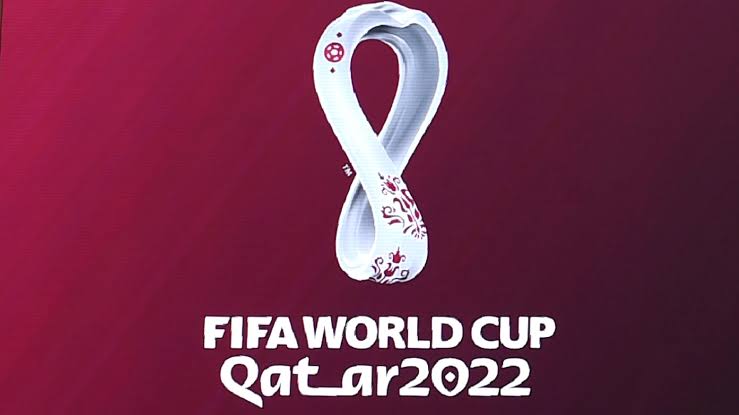The 2026 World Cup will have three host countries and be the biggest in history.
The United States, Canada and Mexico have seen off the challenge of Morocco for the right to stage what will be the first running of a 48-team tournament.
Fifa looks set to land a hefty profit as the tournament returns to North America for the first time since 1994, while fans can look forward to a showpiece final in New York and a whole lot of travelling between venues.
Why did the vote take place now?

With eight years to go until the tournament kicks off, many asked why Fifa seemingly rushed to make this decision.
The answer came partly down to its finances.
The governing body has paid hefty legal bills in recent years following the US-led investigation into corruption by a number of executives.
The Russian World Cup has also failed to attract major sponsors and the Qatar edition in 2022 also promises to be tricky to navigate.
In speaking to congress on Wednesday, Fifa president Gianni Infantino said the organisation was “clinically dead” when he took over in 2016. In gaining election he promised to quadruple Fifa’s income. With a year to go until he faces a re-election campaign, he needs to start finding some of that cash.
It’s for these reasons that Infantino was believed to favour ‘United 2026′, considering organisers’ claims it will amass a huge $14bn (£10.3bn) in revenues (delivering an $11bn profit for Fifa). It is a figure that Morocco has openly questioned and even Infantino has labelled “optimistic”. Morocco promised a much more modest profit to Fifa of $5bn from revenues of $7.2bn.
How did we get here?

The North American bid, for a time in 2017, looked as though it would be unopposed and a coronation was set to take place.
But, in the end, a longer period of time was allowed for rival offers to come forward, which Morocco duly did at the very last moment.
Backed by the London-based Vero Communications, a company with a long track-record of delivering bidding nations a winning strategy, Morocco attracted support.
In addition, there was rumoured to be a level of anti-US sentiment amongst some Fifa voters over President Donald Trump’s alleged derogatory comments concerning African countries and the US travel ban which centres on a number of Muslim majority states.
There were concerns too over political interference on individual associations – the Trump administration’s decision to introduce trade tariffs on the EU led to suggestions there could be a backlash, played out in 2026 tournament votes.
Insiders said the race was too close to call, with Morocco’s strength prompting concern inside Fifa.
A senior Fifa source alleged in April that its president Gianni Infantino “encouraged” a taskforce evaluating the strengths and weaknesses of both bids to find evidence which could prevent Morocco from making it onto the ballot paper.
In the end, Morocco passed the critical evaluation test – but inspectors labelled its plans “high risk” due to a lack of infrastructure. It planned to spend $16bn to improve and build stadiums and transport networks.
The United bid scored significantly higher with no part of its proposal deemed high risk. It scored 402 out of 500 compared to Morocco’s 275. The report concluded that the bids are “almost at the opposite ends of the spectrum”.
How did polling day work?
The World Cup 2026 vote took place close to the end of proceedings at Fifa’s 68th annual congress in a Moscow exhibition centre.
Both bids got one final 15-minute chance to present to congress and then that was it, the talking and campaigning over.
Infantino hailed the vote as “historic” as for the first time, all members had the chance to determine the outcome.
World football’s governing body has 211 members but only 200 cast eligible votes with some abstaining and others not being present. The result saw 134 select the ‘United Bid’, 65 opt for Morocco and one – Iran – state it wanted neither. Slovenia, Spain and Cuba abstained.
Morocco – No fifth time lucky

Morocco have now bid for the World Cup five times and lost out on all five occasions.
This time around they tried to market the fact a World Cup on their soil would also be good for Europe given the continent’s close proximity.
In their final presentation to congress, they also stressed that weapons were banned in their country and pressed home the fact stadiums would be far closer together than they will be in north America.
The north Africa country proposed staging games in 14 stadiums – nine of which need to be built – located in 12 cities, with the final in the 93,000-capacity Grand Stade de Casablanca.
The United bid – A New York final

Fifa was believed to want a World Cup that will be less of a headache, for once, to organise. The United bid represents exactly that given almost all of its stadiums and infrastructure are in place.
The US – in 1994 – and Mexico – in 1970 and 1986 – have hosted the World Cup before, while Canada hosted the Women’s World Cup in 2015.
Of the 16 host cities, 10 would be in the United States with the others split evenly between Canada and Mexico.
The final would be at the 84,953-capacity MetLife Stadium, which is home to NFL sides the New York Giants and the New York Jets.
But there may be some lengthy travelling involved as the distance between the most northern venue (Edmonton) and the most southern (Mexico City) is almost 3,000 miles. That compares to 1,900 miles in Russia (Kaliningrad to Ekaterinburg) this summer.
Was the process less open to abuse now?

The decision to jointly award the 2018 and 2022 World Cups to Russia and Qatar respectively will go down in history as one of the most controversial moments in world football history.
A series of criminal investigations concerning the process are ongoing. Over half of the figures involved in the vote have since been banned from the sport or otherwise discredited.
Fifa eventually announced reforms to how World Cups would be awarded, ceding power from a small cabal of leading executives to the 211-member nation congress.
The intent was to stop political or financial factors influencing the vote. The reality has proven somewhat different but it does represent an advance from the old system which was open to flagrant abuse and collusion.
Visit: BBC SPORT
- Advertisement -
